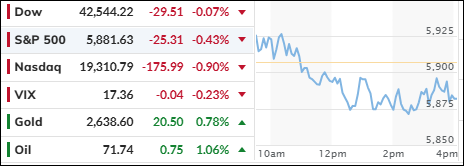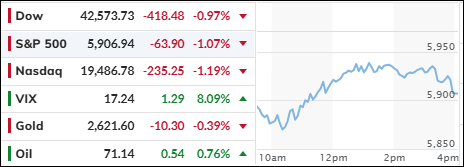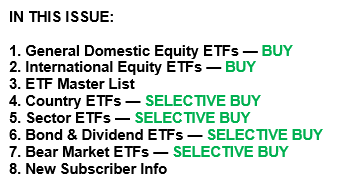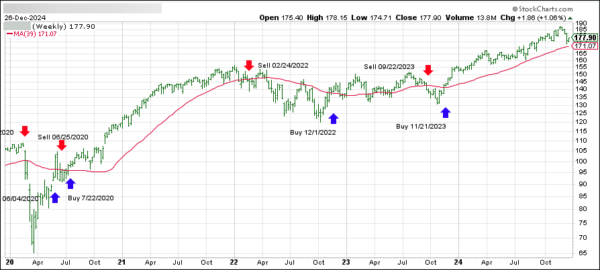
- Moving the market
On the last day of 2024, the major indexes initially found support, but sentiment shifted at midday, leading to a red close. The S&P 500 has now closed lower for four consecutive days.
Despite this, the index recorded its second consecutive annual gain of over 20%, thanks to rate cuts, better-than-expected economic growth, and advances in the tech and AI sectors.
Enthusiasm around the latest AI developments, which promise significant productivity boosts, helped some members of the Mag 7 basket, like Nvidia and Apple, reach record prices and unprecedented capitalizations.
Despite the Federal Reserve’s support through a full percentage point cut in its benchmark interest rate since September, the bond market reacted negatively, with the 10-year yield rising by the same amount.
Traders are viewing the Fed’s aggressive rate cuts as a potential policy error, which could impact the markets in the coming weeks and months, especially after December ended as a losing month for the S&P 500. Upward momentum has softened, and our TTIs are now close to signaling a “Sell.”
Reviewing 2024, economic data continues a downward trend, and concerns about stagflation have resurfaced. The US Dollar had its best year since 2015, gaining 7% against other fiat currencies. Gold also had its best year since 2010, but Bitcoin outshone both, with annual gains of 156% in 2023 and 119% in 2024.
Bond yields were mixed but ended the year higher. Despite the month ending on a sour note, retail investors remain confident that stocks will rise in the next 12 months, according to ZH.
With market levels at extreme highs and the Buffet indicator in the danger zone, coupled with weakening economic data, a cautious stance might be more prudent than reckless optimism.
Happy New Year!
Read More




